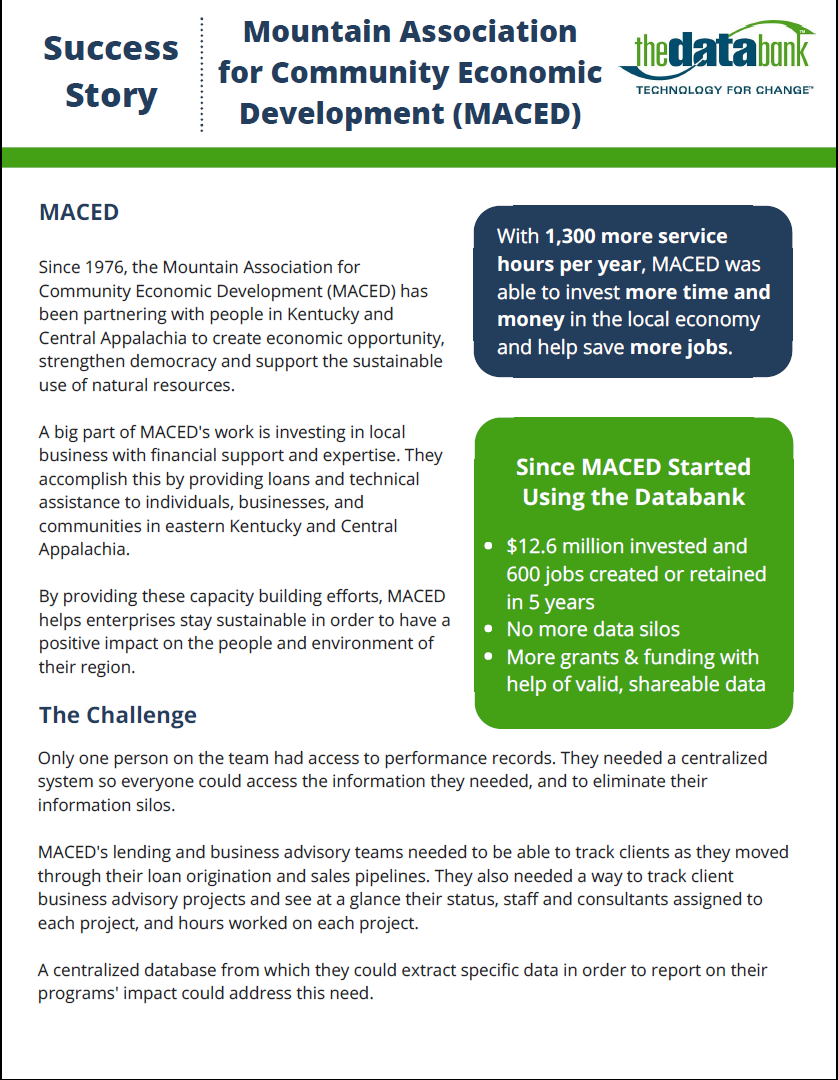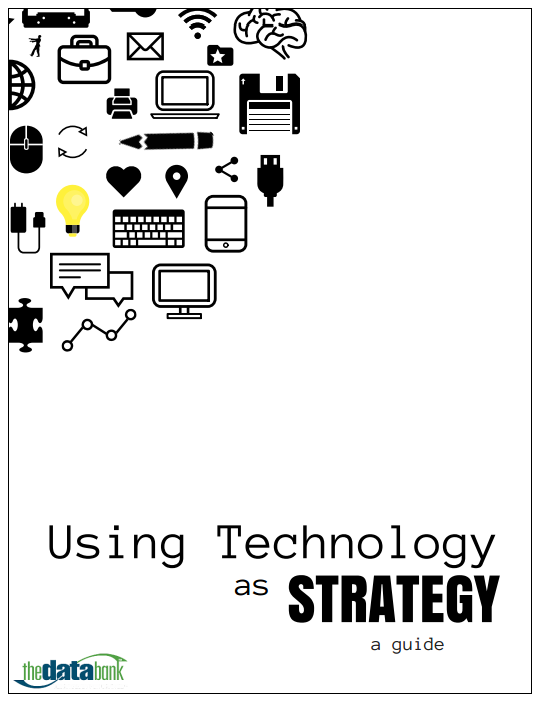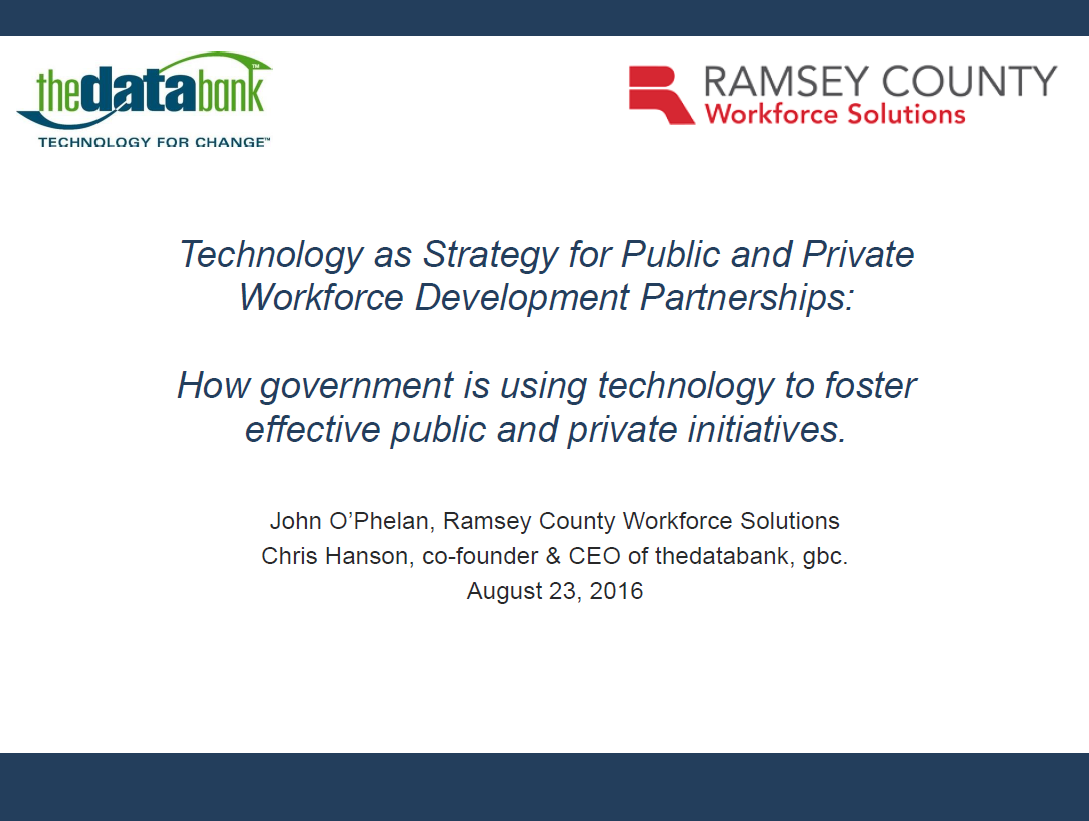If you’ve been reading this blog for awhile, you’ve certainly seen posts before on why excel isn’t a database and ways you can assess your organization’s software needs. So what do you do once you have a CRM (Constituent Relationship Management) database? How do you utilize it to its fullest extent?
We all know that collecting data on our organization’s constituents is important, and the benefits of using a CRM system to track that data are plentiful: better coordination and communication, automated analytics and reporting, focused and tailored appeals – to name just a few.
If your staff is trained not only on the functionality of their CRM, but also on the “why” a CRM is used, along with the potential positive outcomes of using it effectively, it can turn a simple tool into the receptacle for your organization’s Collective Conscience – defined as “…the set of shared beliefs, ideas and moral attitudes which operate as a unifying force within a society [organization].”
In order to fully realize the benefits of a CRM, you need to get everyone in your organization on board. You know the saying: “You can lead a horse to water, but you can’t make him drink.” The same goes for organizations and their CRM.
4 Tips for Organizational Buy-In on your CRM
1. Train your staff to use the CRM as their Collective Conscience
Whenever your staff has an interaction with a constituent, whether it be in-person or on the phone, train them to pull up the contact record for that person before their meeting and take a quick scan of the organization’s past interactions with the person, and to add in notes of their interactions after speaking with them.
For example: When Betty calls and the receptionist answers, she can quickly see that Betty volunteered at the Gala Fundraiser last week and thank Betty for her service before transferring her call to the Membership Director. When Betty reaches the Membership Director, he sees that Betty’s credit card on her recurring pledges is about to expire and can take care of updating that information, or send a note to the Development person to connect with Betty. Betty will feel like she is a close friend of your organization and your staff knows that they are each empowered—and expected—to add those personal touches and clear up any problems they see when they interact with your supporters.
2. Have an organizational CRM Meeting
Leadership engages all users of the system, from the receptionist and key volunteers to development and volunteer managers, to talk about the importance of tracking all interactions with their constituents in the CRM. Provide staff with context in how casual conversations with donors, volunteers, members, can be noted in the system (for example: they might mention the birth of grandkids or possibly their frustrations with being asked too often by your organization to donate) and are worth their weight in gold when tracked in the CRM.
Run through some possible constituent interactions with the staff and elaborate on how Development staff will use those pearls of information to personalize their appeals to donors, or Volunteer Coordinators can use them to honor the contributions of their volunteers—so that all of the staff understands the value of their data collecting.
3. Adequate and Ongoing training of the CRM by your full staff
Make certain that everyone is comfortable with using the CRM and understands how your organization tracks data to the full capacity of the system. Make it a part of staff reviews to ask about training, if additional training is needed, and insist that they join webinars, use the support features of their CRM vendor, and ask the staff ‘experts’ for help. You could host a monthly brown bag lunch where CRM related topics are a focus, and staff can ask questions and share tips and tricks.
4. Use the CRM as a tool to unify your organization in your shared mission
Too often a CRM is looked upon as a tool only used by key staff: the ED says, “The CRM, that’s the software our Development person uses to track campaign contributions.” Or each staff person looks at the CRM in relation to their specific job function: the office manager says, “The CRM, that’s where I post checks—otherwise I don’t have any other use for it.” The whole reason for purchasing a CRM is to avoid data silos and each person working in their own Ivory Tower.
Training your staff to view the CRM as a window into the rich history and touchpoints of your organization for each person that crosses their path should make them feel empowered to be able to serve your constituents, no matter what job position they hold. When your organization from the top on down fully utilizes the CRM, those barriers, miscommunication, and rigid roles should soften and will propel your organization’s progress forward in achieving its mission.
Do you have any examples of how your organization uses its CRM to better serve your supporters?




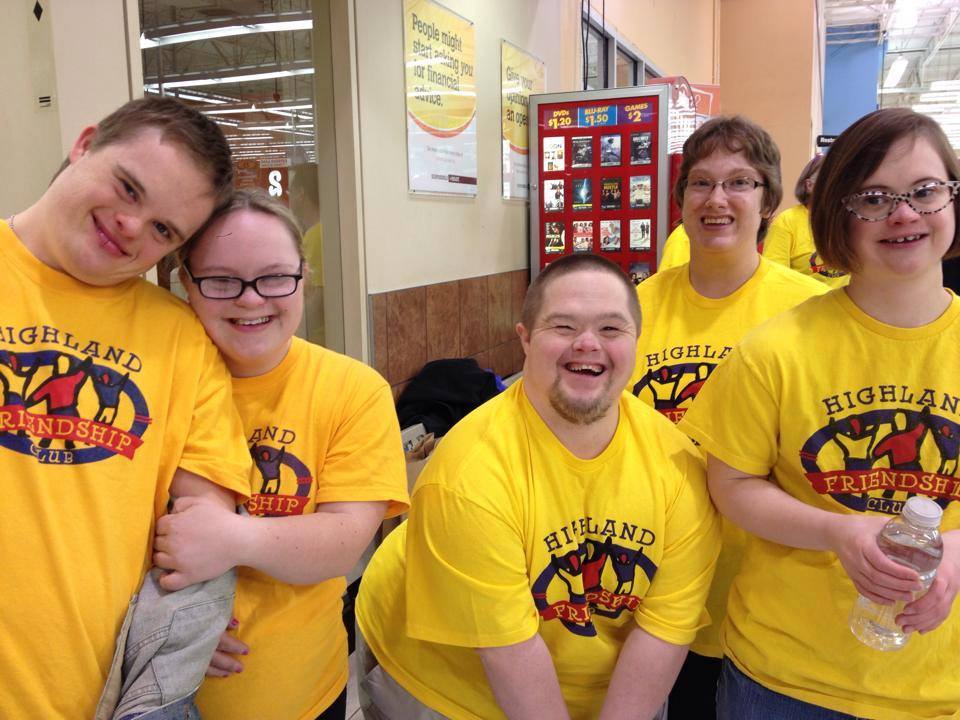

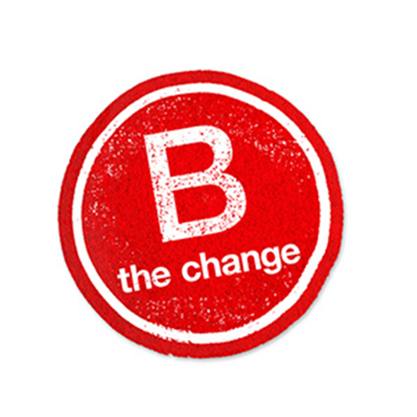
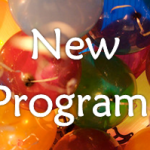

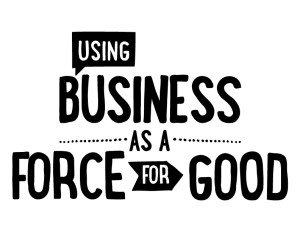
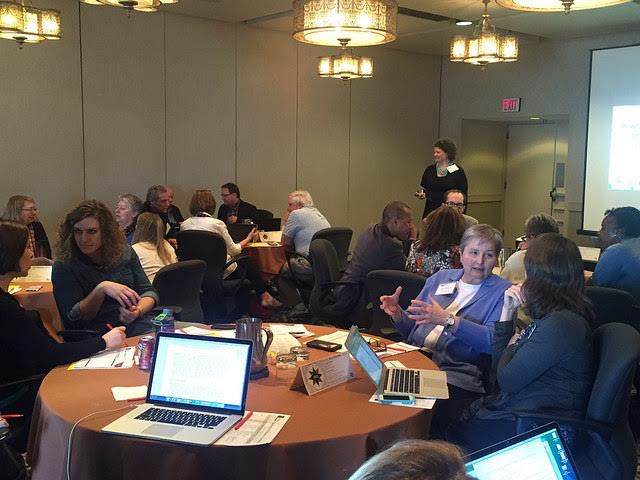
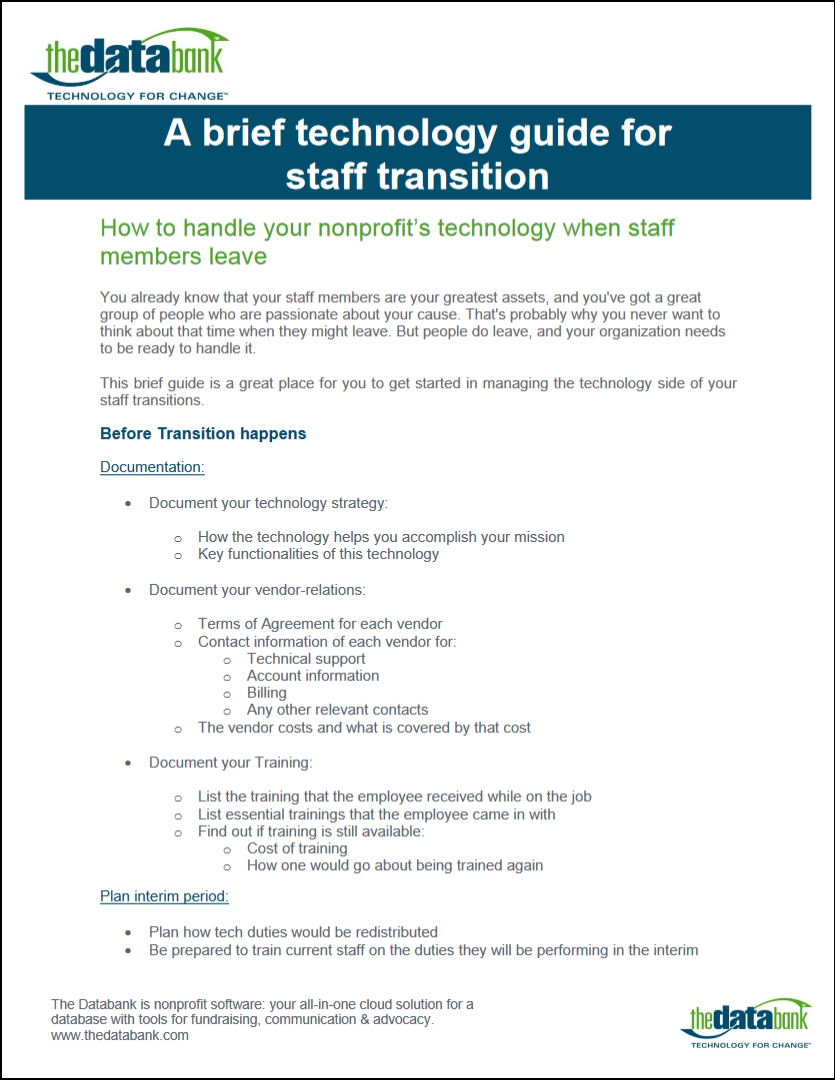

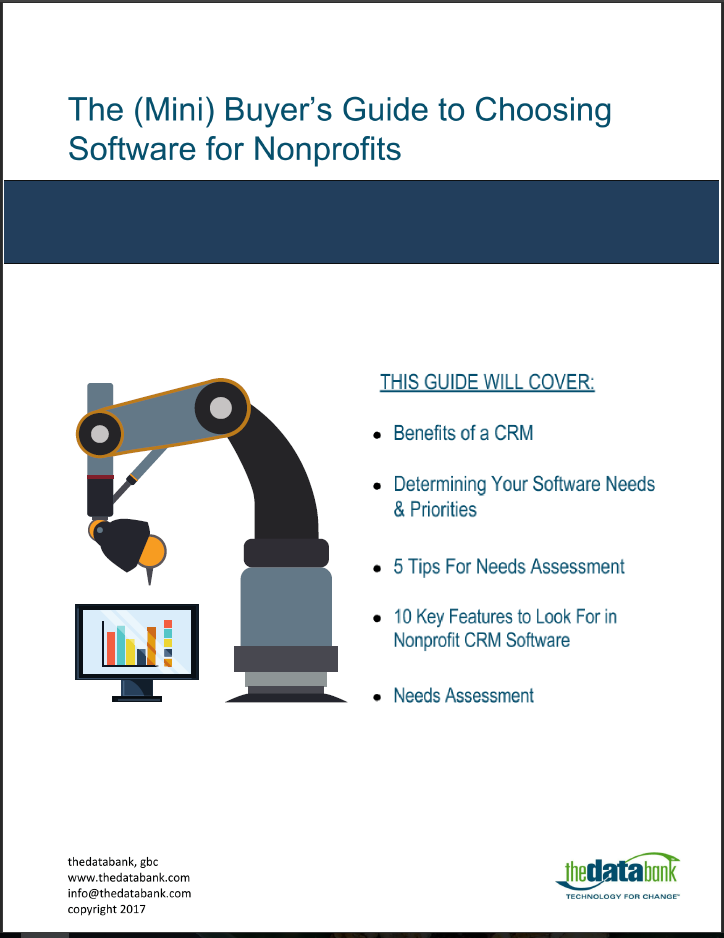
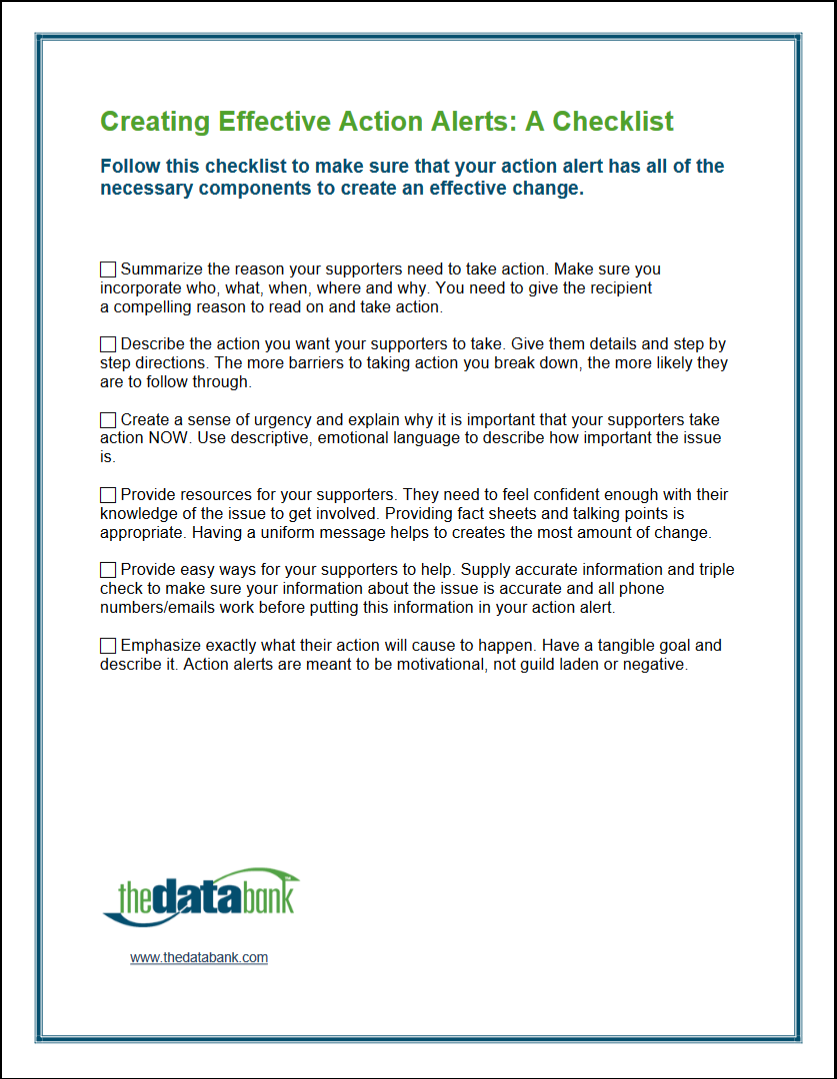

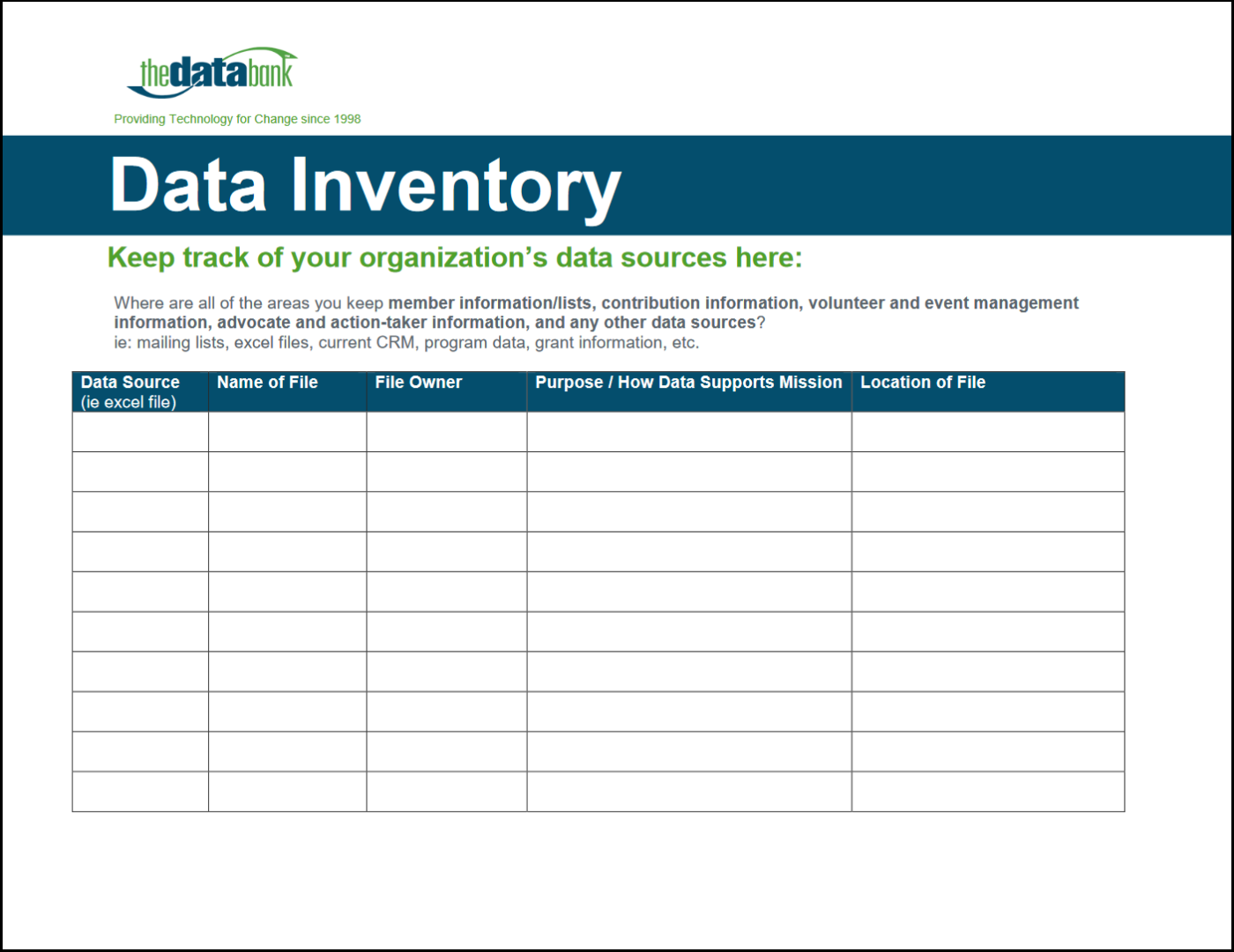

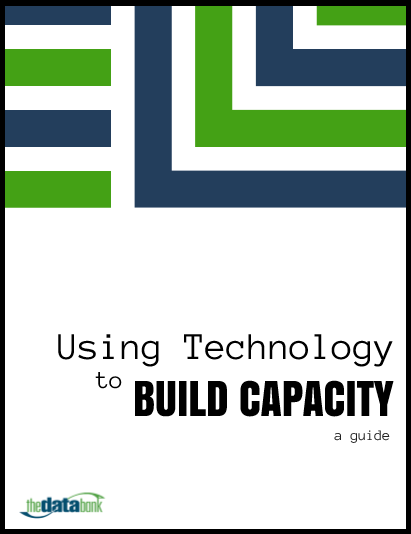
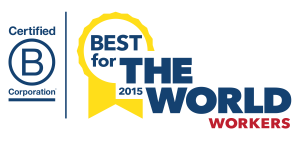

 thedatabank, gbc is technology for change, and we walk the talk.
thedatabank, gbc is technology for change, and we walk the talk. 